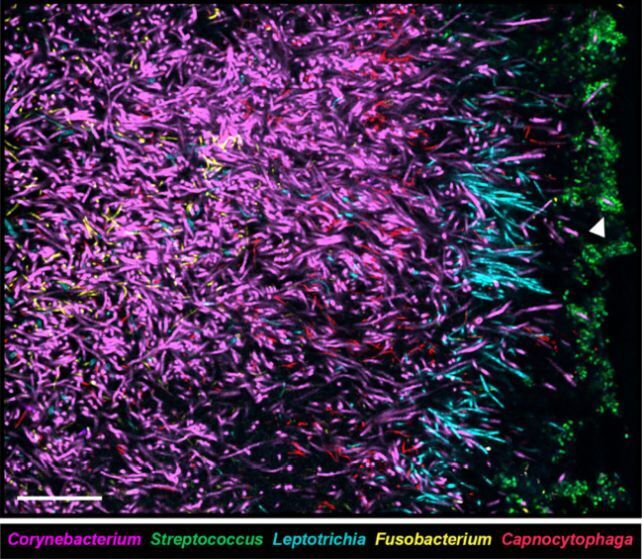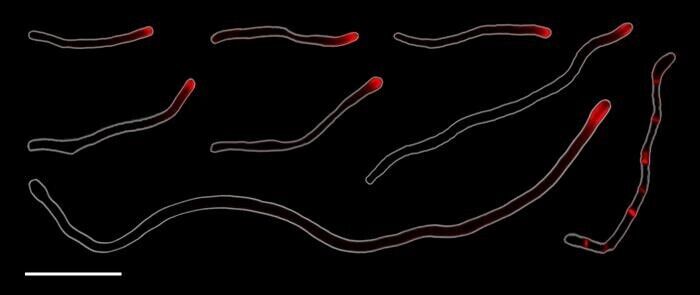News
Imagine a large, dense tree. Scientists explained how bacteria multiply in the mouth
Scientists have discovered that bacteria in the mouth reproduce in a strange and rather rare way. Their distribution can be compared to a large, dense tree.
Experts note that one of the most common bacteria living in plaque, a filamentous bacterium called Corynebacterium matruchotii, divides not into two daughter cells, like most cell divisions, but into several new microbes. This rarer process is called multiple division, writes ScienceAlert.
A team of scientists led by microbiologist Scott Cimileski of the Marine Biological Laboratory in the United States observed individual C. matruchotii cells dividing into 14 new cells. The research shows how these organisms form a framework that supports the hosts of other microbes that live in the human mouth.
"Reefs have corals, forests have trees, and plaque in the mouth has Corynebacterium. The Corynebacterium cells in plaque are like a big, dense tree in a forest. They create a spatial structure that provides a habitat for many other types of bacteria around them," explained microbiologist Jessica Mark Welch of the Forsyth Institute and the Marine Biological Laboratory.
According to scientists, most bacteria and archaea reproduce through an asexual process called binary fission. The genetic material is divided. Where there was one, two organisms are formed.
Using slow-motion microscopy, the researchers saw that C. matruchotii cell division was not the usual double-type, but much more prolific and faster.
"Our findings extend beyond the oral microbiome, revealing a unique bacterial cell cycle and an example of how cellular morphology and reproductive strategy can influence the spatial organization of microbial communities," the researchers concluded.
Only verified information is available on the OBOZ.UA Telegram channel and Viber. Do not fall for fakes!





























